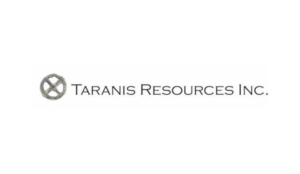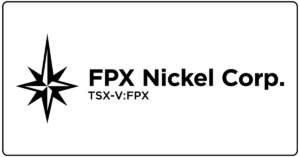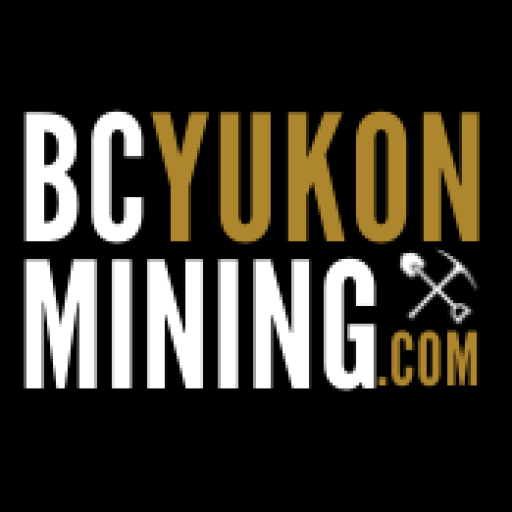Vancouver, BC – Independence Gold Corp. (TSX.V: IGO) (“Independence” or “the Company”) is pleased to announce the results from metallurgical test work completed on mineralized quartz vein material from its 100% owned 3Ts Project, located approximately 185 kilometres (“km”) southwest of Prince George, British Columbia and situated 20 km southwest of Artemis Gold Inc.’s Blackwater Project.
This study was initiated to confirm the results from a previous metallurgical study conducted for Independence by SGS Canada Inc. (see news release dated July 9th, 2013). This study used composite sample from drill core material from the Ted-Mint vein system and subjected it to a three-stage recovery (gravity, floatation, and cyanide leaching). The 2013 study yielded 97.3% gold recovery and 94.9% silver recovery.
Sample Selection and Preparation
Composite samples comprised of sample rejects of mineralized vein material were collected from drill core recovered during the 2020 program. The first composite comprised material from the Tommy Vein (drill holes 3T-20-01 and 3T-20-02), and the second composite from the Ted-Mint offset vein (drill hole 3T-20-10). These veins yielded gold assay values up to 68.7 grams per tonne (“g/t”) and silver assay values up 2,550 g/t from meter-scale samples (see news release dated November 4th, 2019).
Head Results
The following table summarizes the assays results for both composite samples:
| Sample | Screened Metallics | |
| Au g/t | Ag g/t | |
| Composite 1 (Tommy Vein) | 4.9 | 34.3 |
| Composite 2 (Ted-Mint Offset Vein) | 4.2 | 139 |
The metallurgical study from 2013 returned head results 2.28 g/t gold and 66.6 g/t silver from the Ted-Mint vein, therefore the 2021 results appear to show an improvement in grade.
Gravity Separation
A single gravity separation test was completed on each composite to evaluate the potential for gravity recoverable gold and silver using a Knelson concentrator. The initial concentrate was then further upgraded to a Mozley shaking table. The Mozley concentrate was submitted for assaying and the tailings used for floatation testing. Gravity methods were poor in Composite 1, managing to recover 1.46% gold and 0.57% silver. Composite 2 showed improved recovery for gold with and 27.6%, but silver recovery remained low at 3.62%.
Floatation Testwork
A single test was conducted on each of the gravity tailings to assess further recoverability of gold and silver, with the concentrate being submitted for assaying and mineralogy. From these tailings, Composite 1 recovered 76.0% gold and 74.8% silver remaining in the stream, while Composite 2 recovered 64.1% gold and 84.8% silver.
Cyanide Leaching
The floatation tailings were submitted for bottle roll cyanide leaching tests, lasting for 48-hours with a pH of 10.5 to 11. Both composites performed well and recovered additional gold in the pregnant leach solution. Composite 1 recovered 16.4% gold and 17.1% silver from the floatation tailings, while Composite 2 recovered 6.18% gold and 7.07% silver.
Overall Results
The following table summarizes the results of the metallurgical test work:
| Composite 1 (Tommy Vein) | Composite 2 (Ted-Mint Offset Vein) | |||
| Total Gold Recovery | Total Silver Recovery | Total Gold Recovery | Total Silver Recovery | |
| Gravity Concentrate | 1.46 % | 0.57 % | 27.6 % | 3.62 % |
| Floatation Concentrate | 76.0 % | 74.8 % | 64.1 % | 84.8 % |
| Leach Concentrate | 16.4 % | 17.1 % | 6.18 % | 7.07 % |
| TOTAL RECOVERY | 93.9 % | 92.4 % | 97.9 % | 95.5 % |
It is believed that recoverability could be further improved by modifying the processes and with additional mineralogical studies to understand deportment of the gold and silver within the Tommy Vein compared to the Ted-Mint Offset Vein.
Methodology
Samples rejects were blended, crushed to minus 10-micron mesh, and split into 2 kilogram (“kg”) and 10 kg test charges. For each composite, a 2 kg test charge was selected at random and submitted for head chemical and screened metallics. The 2 kg test charges were split into two, with the first half being used for gold and silver analysis by the screened metallics protocol. The sample was stage pulverized to pass a 150 mesh screen until less than 30 grams remained in the oversize fraction. The oversize fraction, as well as two representative cuts of the undersize, were submitted for gold and silver analysis by fire assay to extinction.
About Independence
Independence Gold Corp. (TSX.V:IGO) is a mineral exploration company listed on the TSX Venture Exchange. The Company’s holdings range from early-stage grassroots exploration to advanced-stage resource expansion in British Columbia and Yukon. For additional information, visit the Company’s website www.ingold.ca.
Andy Randell, P.Geo., the Company’s Qualified Person as defined by National Instrument 43-101, has reviewed the technical information in this news release.
ON BEHALF OF THE BOARD of Independence Gold Corp.
“Randy Turner”
Randy Turner, President & CEO









